Introduction
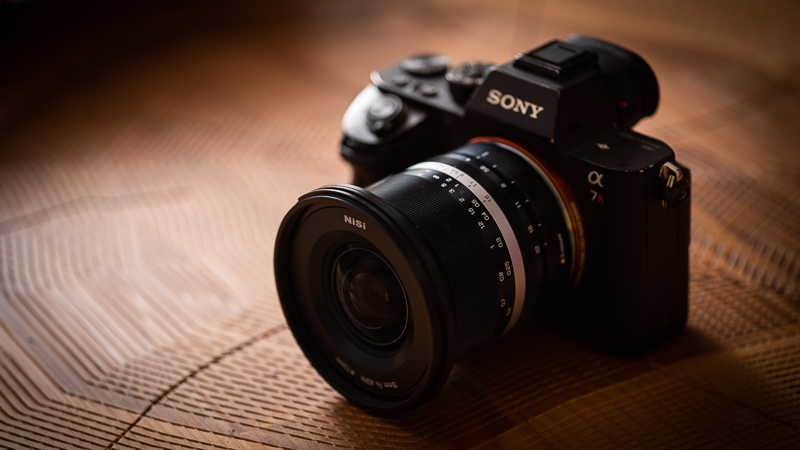
Some time ago NiSi changed its name from NiSi filters to NiSi optics, if you ever wondered why, I can tell you now: because they also wanted to start producing lenses, not only filters.
The first lens aimed at photographers is this NiSi 15mm 4.0 Asph, let us have a look, if it is a viable alternative to the lenses of reknown manufacturers in this segment!
Sample Images
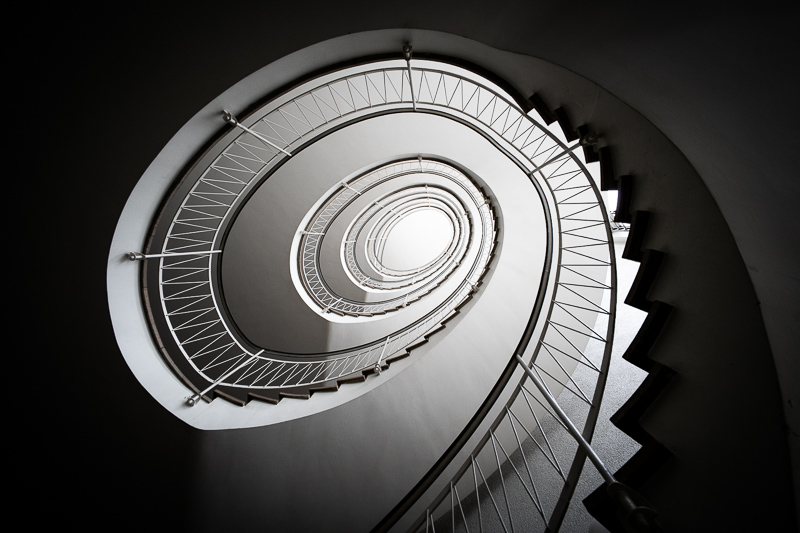
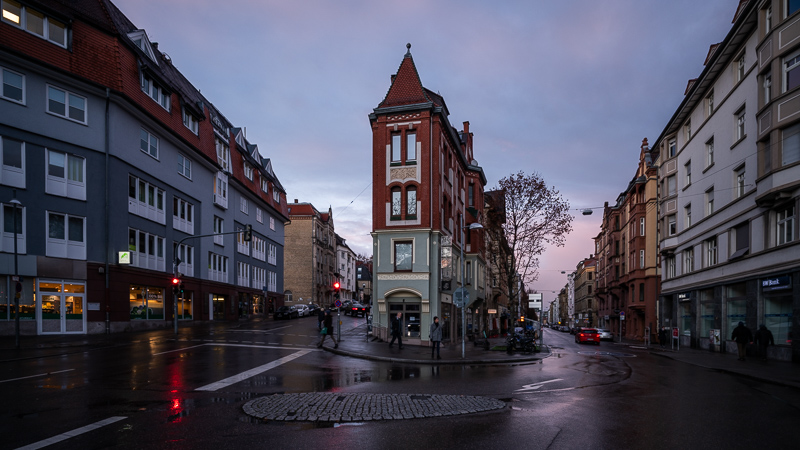
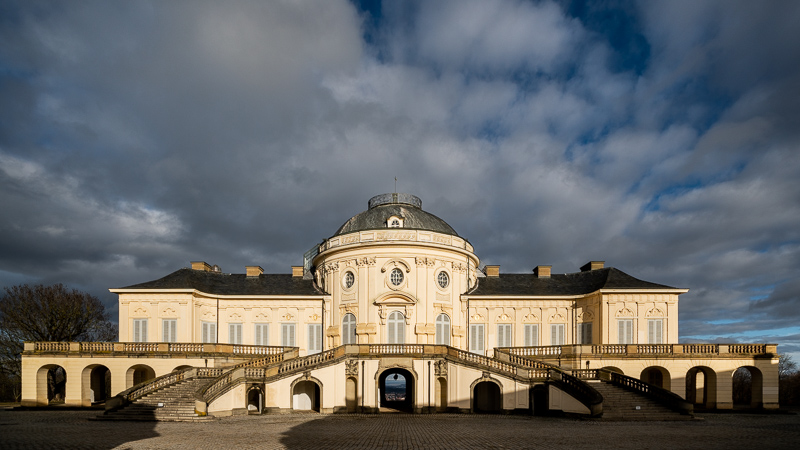
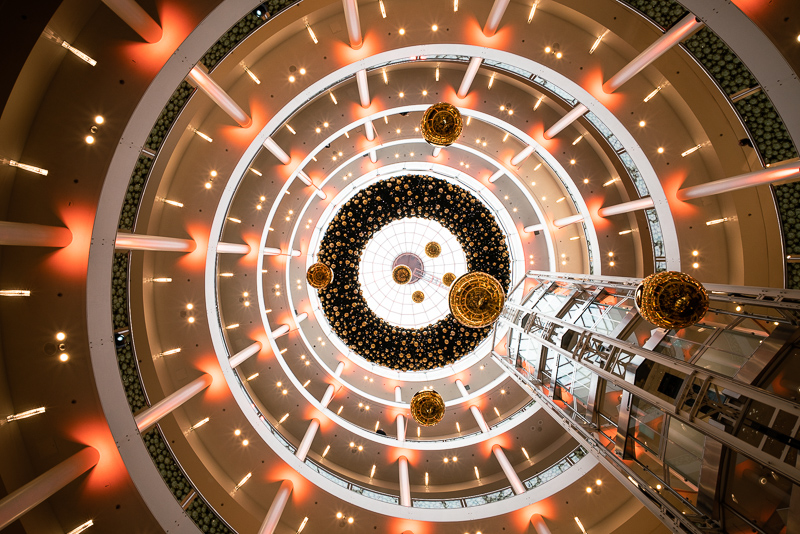
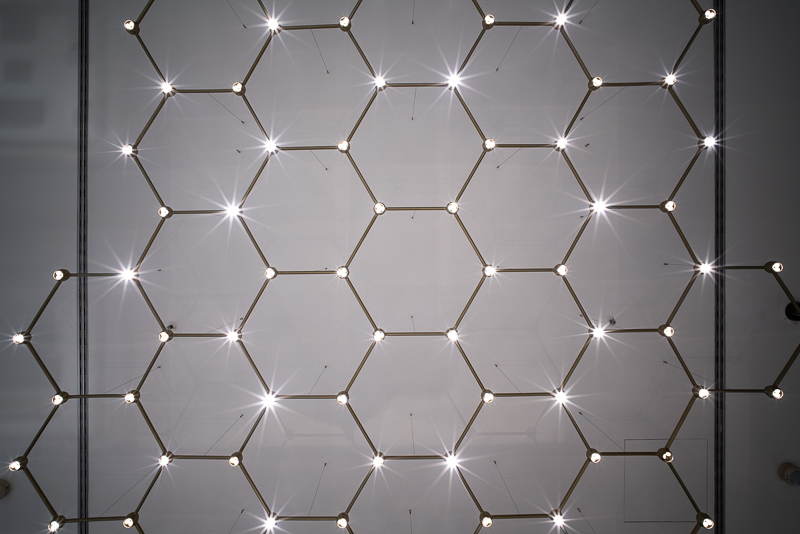
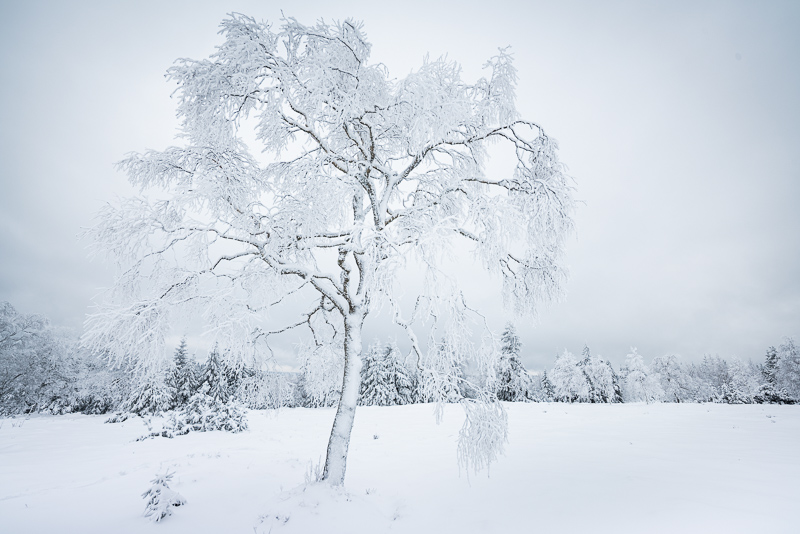
Most of the sample images in this review can be found in full resolution here.
Contents
Specifications / Version History
This is NiSi’s first lens and it comes for a few mirrorless mounts including E-mount. It has the following specifications:
-
- Diameter: 79 mm
- Field of view: 111.8° (diagonally)
- Length: 77 mm
- Weight: 470g (without hood and caps)
- Filter Diameter: 72 mm
- Number of Aperture Blades: 10 (straight)
- Elements/Groups: 12/10
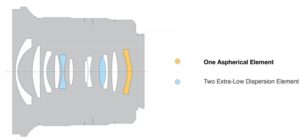
- Close Focusing Distance: 0.2 m
- Maximum Magnification: 1:7.7
- Mount: Sony-E
You can also have a look at the official page.
buy from B&H | ebay.com | amazon.com | amazon.de for $479/479€ (affiliate links)
Disclosure
A pre production sample of this 15mm 4.0 Asph was kindly provided free of charge by NiSi Optics for reviewing purpose and to give some initial feedback to the manufacturer.
From 2016 to 2018 I have been a NiSi ambassador and received a few filters for free, so maybe crosscheck what I have written with some other trustworthy reviewers (e.g. lenstip or cameralabs) when possible.
Handling / Build Quality
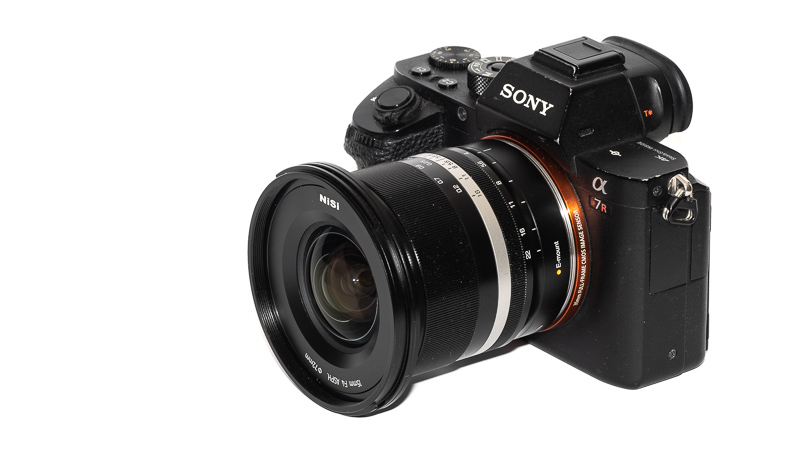
As this is NiSi’s first lens we will of course have a very close look at the build quality and handling aspects, but keep in mind this is a pre-prodcution sample, so there may still be small adjustments made for the final prodution model.
While the lens is not big, it does not follow Laowa’s and Cosina’s trend of making the lenses as small as possible, so it is roughly the same size as the Laowa 15mm 2.0 – and shares its 72mm filter thread – while being 2 stops slower.
The feeling of the materials and rings is similar to that of the Zeiss Loxia lenses, we have a very big focus ring which turns ~100° from the minimum focus distance (20 cm) to infinity and a clickless aperture ring with equidistant stops that rotates ~90° from f/4.0 to f/22.
The lens focuses slightly behind infinity which is normal for modern lenses because of mount tolerances.
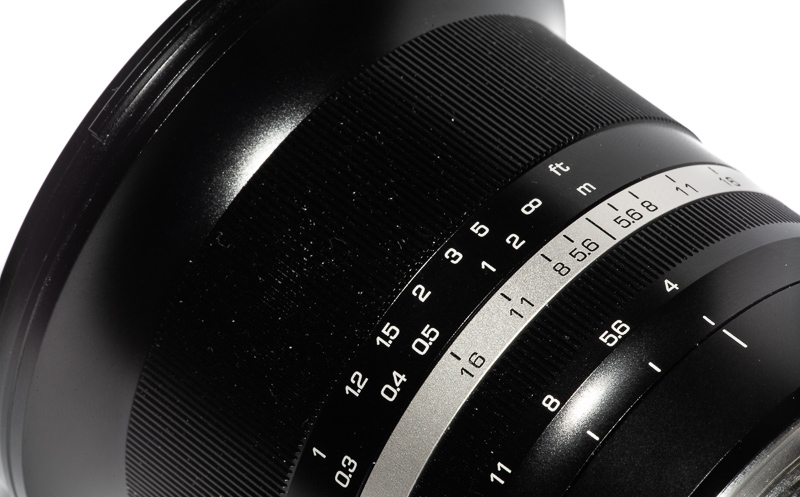
The markings seem to be only printed on, not engraved.
A removable lens hood is also part of the package, those that avoided the Laowa 14mm 4.0 or Voigtlander 15mm 4.5 because of their non-removable hoods will surely be glad to hear that.
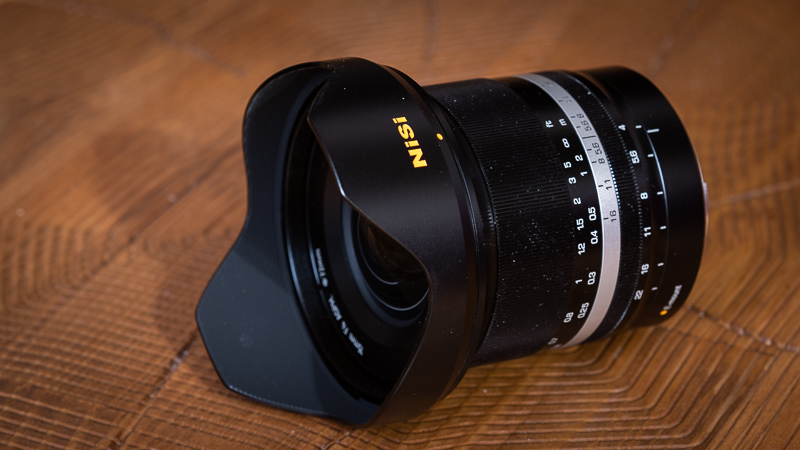
Of course I cannot tell you much about the longevity of this lens, I can only tell you what it feels like and that would be solid and well made.
Vignetting
light falloff

Wide open you get roughly 2.3 EV light falloff in the corners of the A7rII sensor (which is 1.5 EV less than the tiny Voigtlander VM 15mm 4.5 II). Stopping down yields little improvement, at f/11 it is still 2.2 EV.
color cast
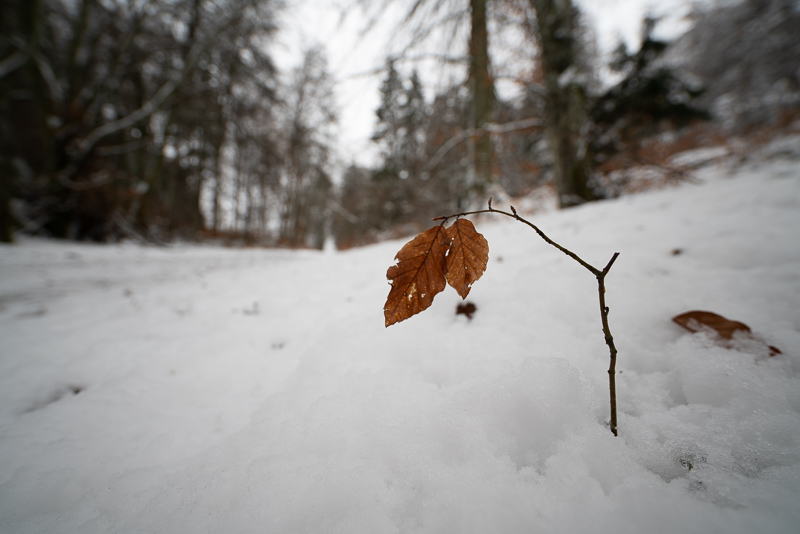
As is the case with many small ultra wide angle lenses there is a bit of green color cast visible in the corners. With normal subjects I did not notice it, but when taking pictures of a snowy landscape or an overcast sky it can become visible.
You can correct this e.g. using corner fix or gradients in Lightroom (latter is what I prefer).
I did not correct any of the sample images for this.
Sharpness
infinity (42mp Sony A7rII)
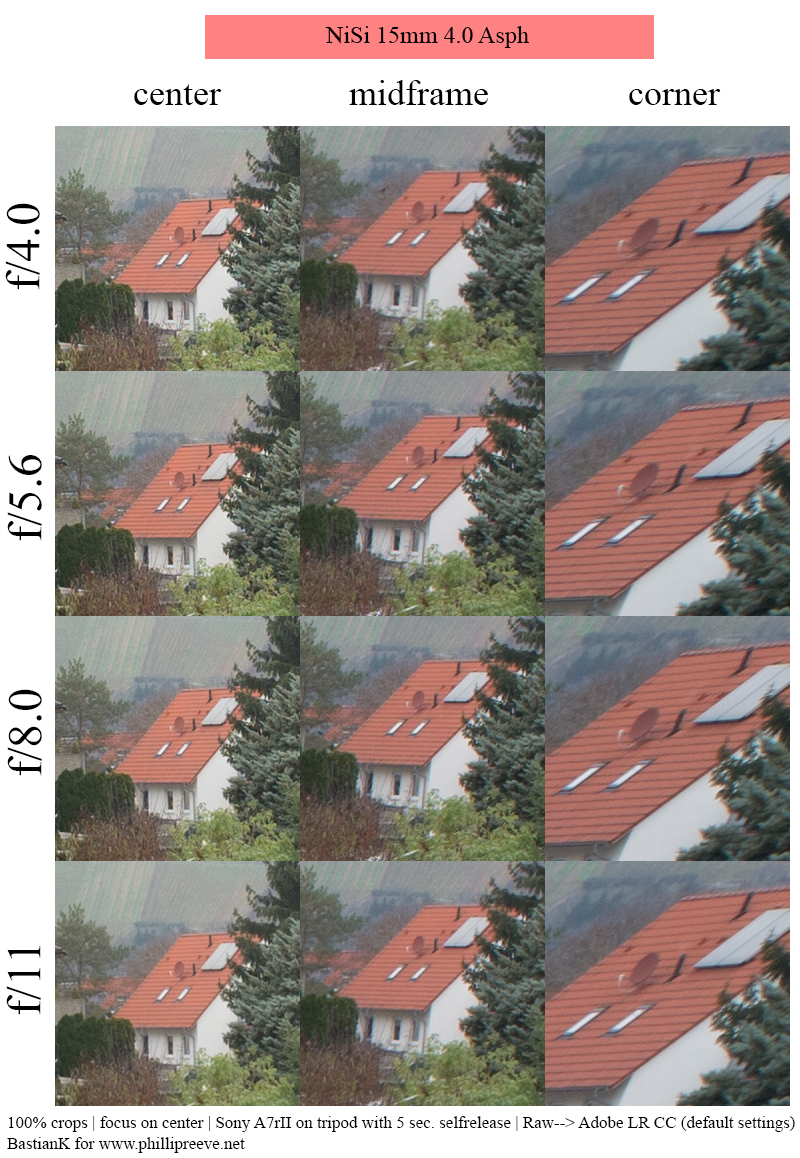
The NiSi 15mm 4.0 shows a good performance here. Many ultra wide angle lenses show a severe midzone dip which is luckily not the case here and even the extreme corners are usable from f/4.0. The midframe improves slightly on stopping down to f/5.6, corners also look best between f/5.6 and f/8.0.
The Laowa 15mm 2.0 performs better here with slightly higher corner resolution whereas the Laowa 14mm 4.0 showed some issues with field curvature in our review.
I only tested the Voigtlander 15mm 4.5 E on a 12mp camera, so the results are different to compare and there seems to be a noticeable amount of sample variation. A good sample of the Voigtlander may show better corner resolution.
close (0.20m, 1:7.7)
100% crops from center, A7rII
A minimum focus distance of 0.2 m allows you to get really close to your subject, in fact so close, you may be shading it with your lens. Performance is very good from f/4.0, as usual field curvature is higher at these distances so if you are shooting a flat subject stop down a bit.
Flare resistance
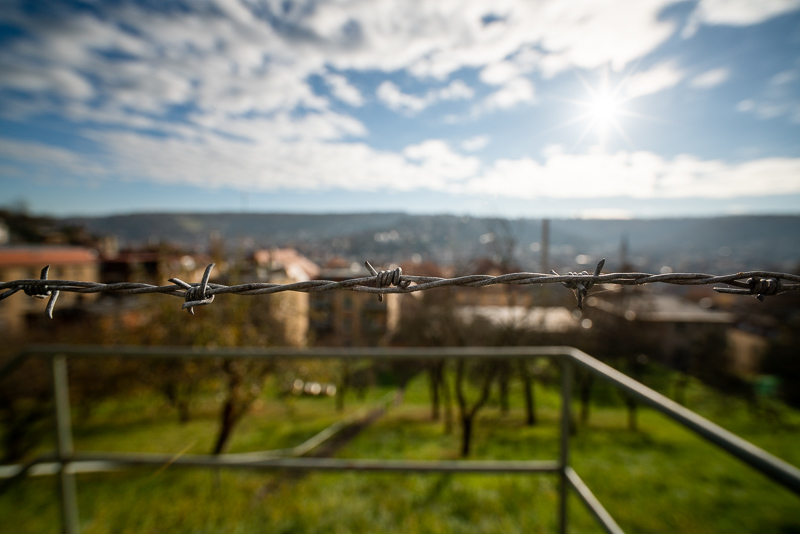
As always evaluating flare is a complex matter since you can get any lens to look bad if you push it hard enough and a slight change of scenario can affect results a lot.
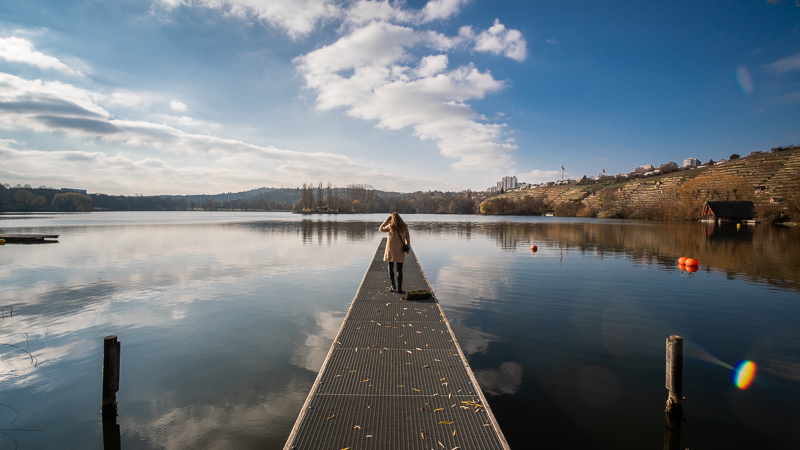
With the NiSi 15mm 4.0 the performance is a bit of a mixed bag. With the sun inside or just outside the frame you can often find smaller or bigger less obstrusive ghosts somewhere in your picture. Usually not something that will completely ruin your picture, but some lenses (e.g. the Voigtlander 15mm 4.5 SWH E) clearly do better here.
As is the case with most lenses there is one position with the sun in the corner that will result in a big and obvious veiling flare, reframing a little helps here.
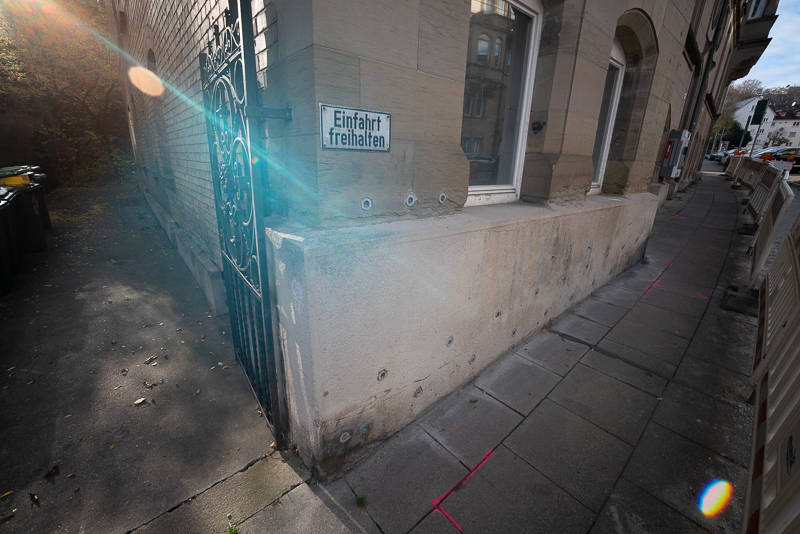
One thing to note though: I received the lens hood much later than the lens and thanks to mostly overcast skies I could not test how much the hood helps yet.
At night with strong light sources you may also find small ghosts somewhere in your picture:
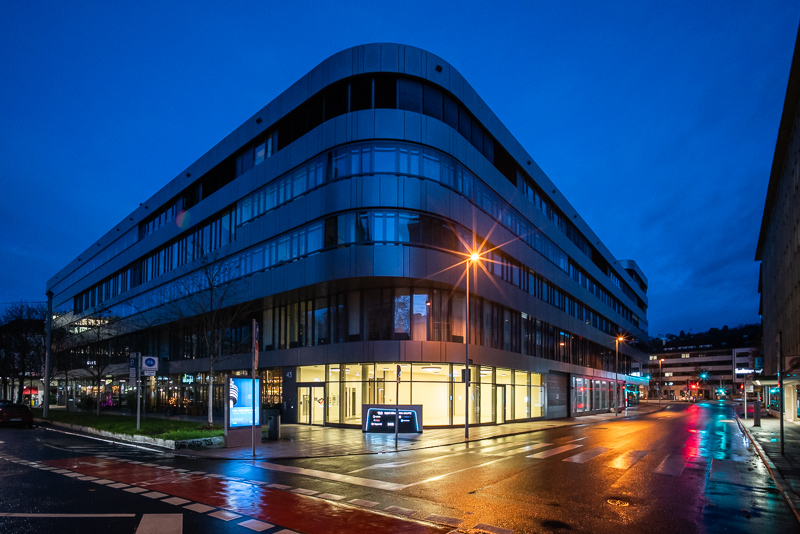
I tend to say the performance is not great, but also not as bad as to really make me worry. Still, we have seen better.
Coma
100% crops from extreme corner, focused on corner
Coma is well controlled, you can see a small improvement on stopping down to f/5.6 but I wouldn’t mind using it at f/4.0 if necessary.
Distortion
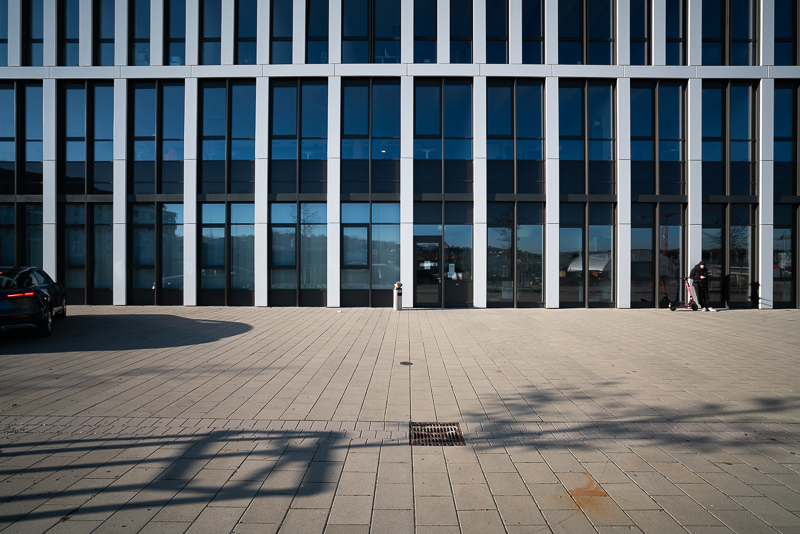
The lens shows only low but slightly wavy distortion. With architecture subjects this can be visible, so we should hope for someone to create a lens specific correction profile.
Sunstars
50% crops from center, A7rII
NiSi decided to go for 10 aperture blades and similar to the Zeiss Loxia lenses they are also slightly closed at the maximum aperture, so you get sunstars around point light sources even at f/4.0. Generally the sunstars are well defined, if you want to learn more about this topic have a look at this article.
To close this chapter a real world sample with the sun in the frame:
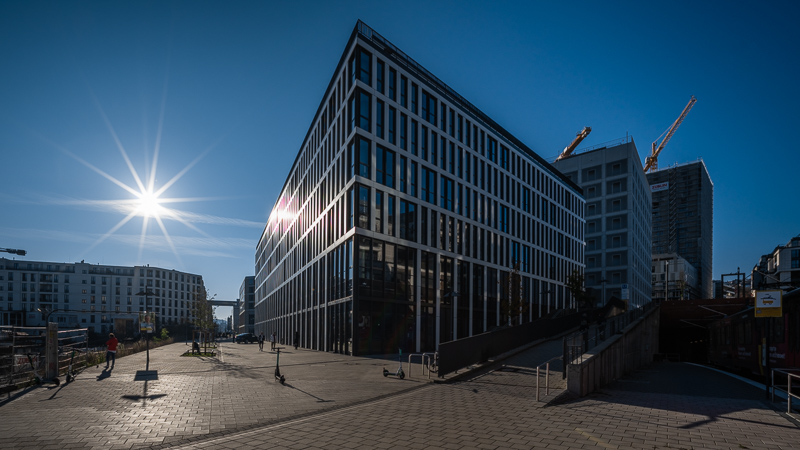
Bokeh
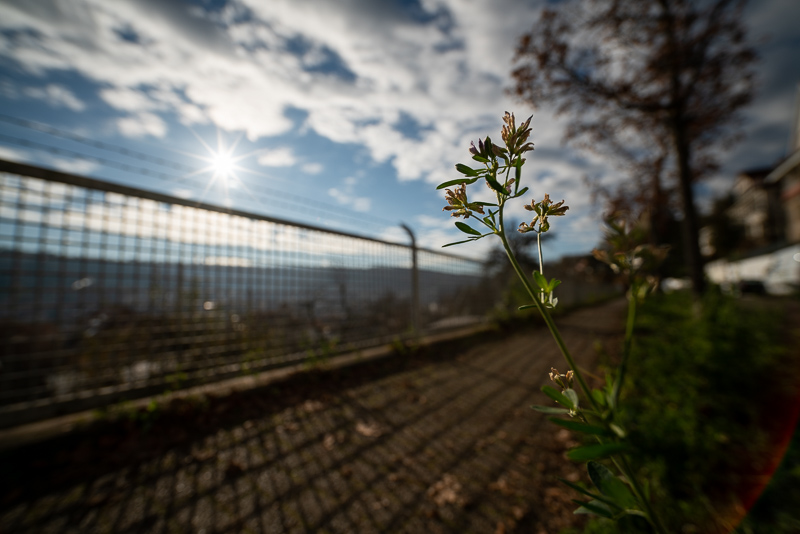
Shallow depth of field photography is probably not the main application of a 15mm f/4.0 lens, but thanks to the minimum focus distance we can get very close to the subject and this changes things.
The bokeh is actually surprisingly smooth and undistracting for an ultra wide angle lens.
In fact, when I posted this picture on our facebook page and let people guess what lens it was taken with many people thought it was taken with a faster lens, 16mm f/1.8 was one of the guesses.
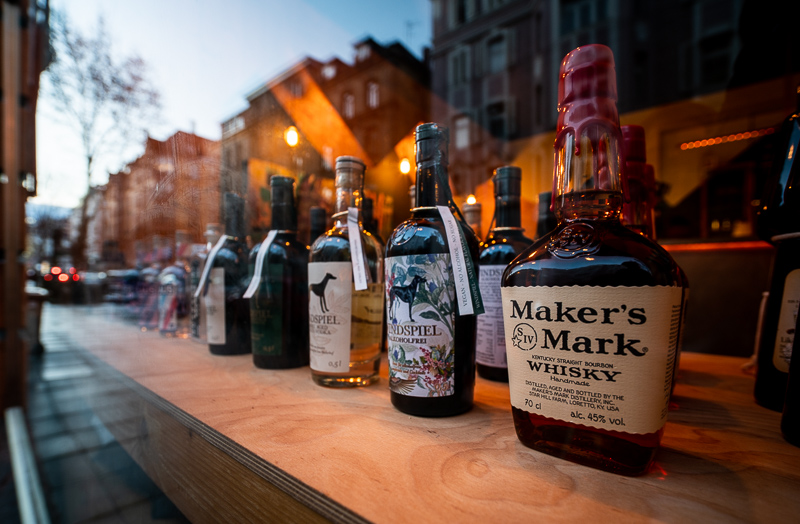
Chromatic Aberrations
lateral
100% crops from extreme corner, Sony A7rII
Not too uncommon for ultra wide angle lenses the NiSi 15mm 4.0 shows a noticeable amount of lateral CA. These are still easily corrected in a raw developer like Lightroom by one click.
longitudinal
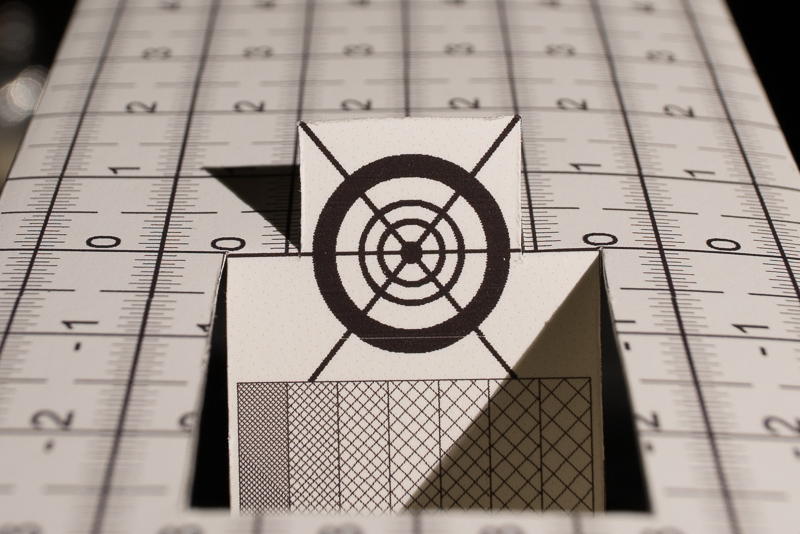
As this is a very wide and rather slow lens longitudinal CA (loCA) are nothing to worry about.
Alternatives
All the current 15mm options for E-mount are covered in our Guide to Ultra Wide Angle Lenses for the A7 Series, therefore I will only pick out a few very obvious alternatives to talk about here.
Voigtlander 15mm 4.5 E SWH III:
Sharpness, resolution and sunstars are similar. The important differences are: the NiSi lens is cheaper, has a removable lens hood, is slightly faster and shows less vignetting, but it is also heavier, bigger and does not transmit Exif data.
buy from CameraQuest | amazon.com | amazon.de | B&H | ebay.com | ebay.de (affiliate links) for $799
Laowa 15mm 2.0 Zero-D FE:
Despite being a full two stops faster this Laowa lens is similarly sized and also features a 72mm filter thread. This 15mm 2.0 also shows slighty better performance at infinity.
Both lenses do not transmit Exif data to the camera.
Downsides of the Laowa lens are the higher price and undefined sunstars (only true for early E-mount versions though, they fixed this in the later ones produced in 2019 and in the Z, RF and L versions).
buy from manufacturer’s online shop | amazon.com | B&H | amazon.de (affiliate links) for $649
Laowa 14mm 4.0 FF RL Zero-D:
This is your smallest option in this focal length range for E-mount. It is also about half the weight and takes 52 mm filters, but unfortunately the non-removable hood ruins the party for filter users. Like the NiSi lens reviewed here there are also no electronic contacts and the price is similar.
The small size also takes its toll: field curvature is high and might be annoying and vignetting is also higher.
buy from manufacturer’s online shop | B&H | eBay.com (affiliate links) for $449
First Impressions
good
|
average
|
not good
|
As I know many of you just scroll down here let me remind you that this was a pre production sample and there may be slight changes for the final production model.
Sometimes lenses from new manufacturers leave a lot to be desired and lately we have often seen lenses with staggering specs at low pricepoints that ended up not being really useful because too many compromises had to be made.
Luckily this is not the case here, I found the NiSi 15mm 4.0 to be a useful lens that did not disappoint in the field.
I especially like that it was fully usable at f/4.0 (very little field curvature) and that vignetting at this aperture is comparably moderate.
It should be noted though that there is also some competition in this focal length range, so let us discuss how the NiSi 15mm 4.0 fits in here:
First we have the Voigtlander 15mm 4.5 E, it has noticeably higher vignetting, similarly nice sunstars, but is a bit lighter and comes with electronic contacts, better flare resistance and with a 58mm filter thread. For some the non-removable hood may be a no-go though, as it makes using filters significantly harder, it is ~40% more expensive.
Then we have the Laowa 14mm 4.0, a lens that is very small and light but showed some issues with field curvature in our review and again comes with very high vignetting at f/4.0 (about 1 EV higher), no electronic contacts, nice sunstars, 52mm filter thread and a non-removable lens hood, it is similarly priced.
Then we have the Laowa 15mm 2.0, full two stops faster while similarly sized (heavier though), same vignetting at shared apertures, no electronic contacts, not well defined sunstars (early pre 2019 E-mount version) also 72mm filter thread and a removable hood, ~50% more expensive.
None of these options is a slouch, I told you about the differences, choose depending on your applications and budget which would work best for you.
buy from B&H | ebay.com | amazon.com | amazon.de for $479/479€ (affiliate links)
Further Sample Images
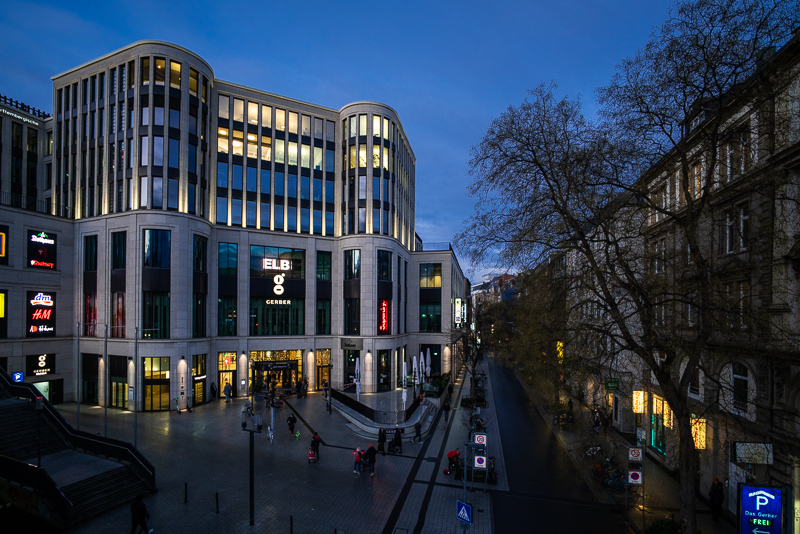
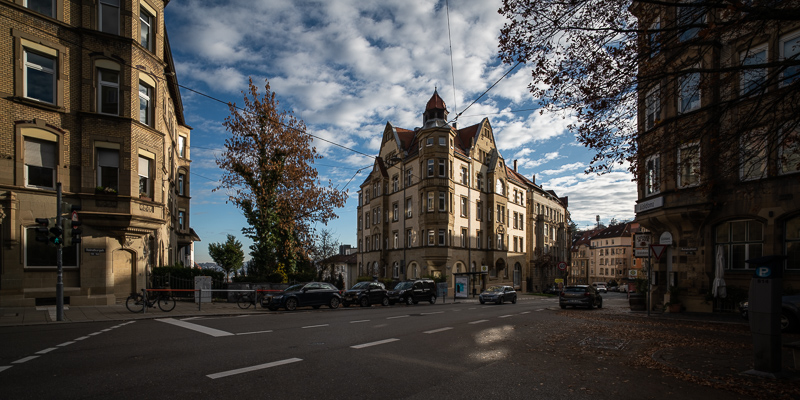
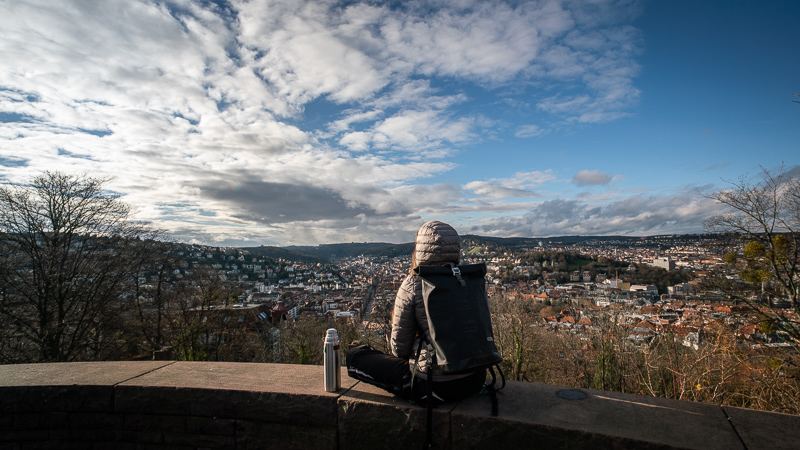
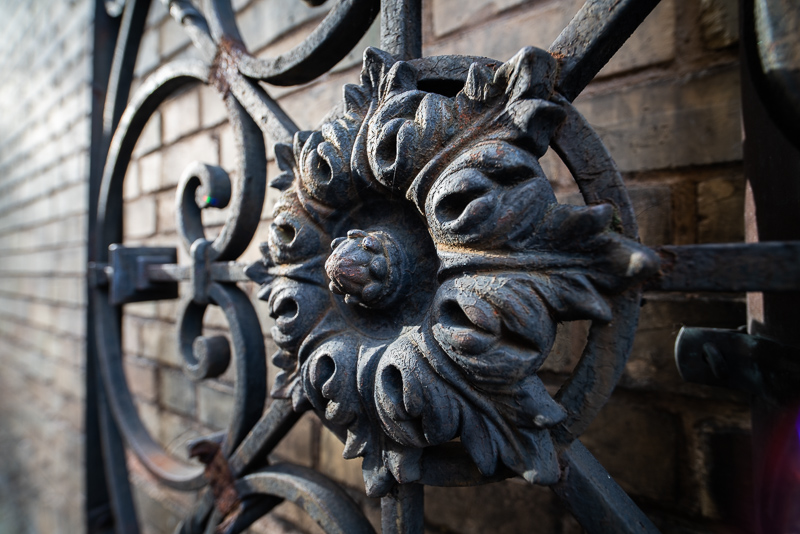
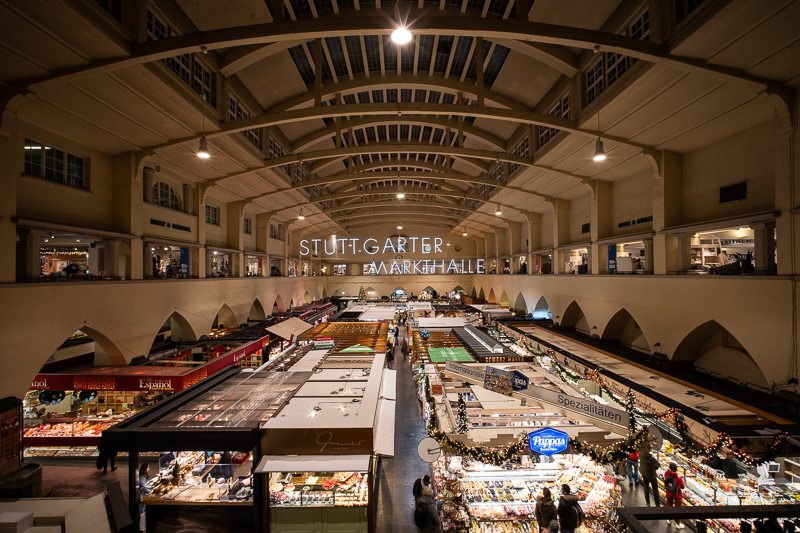
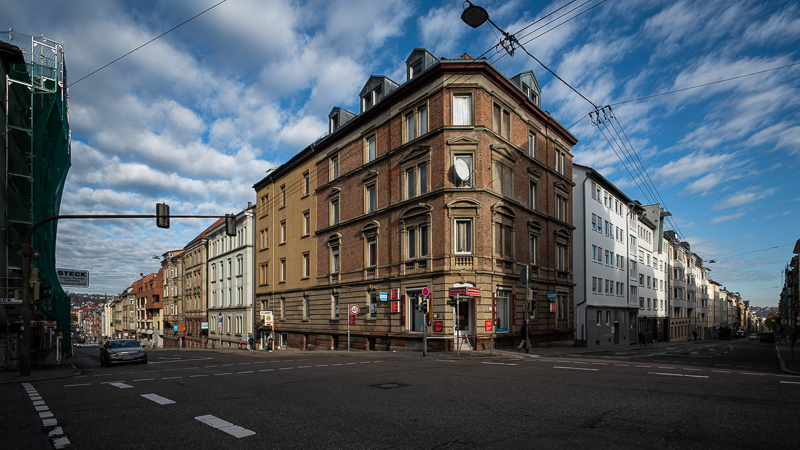
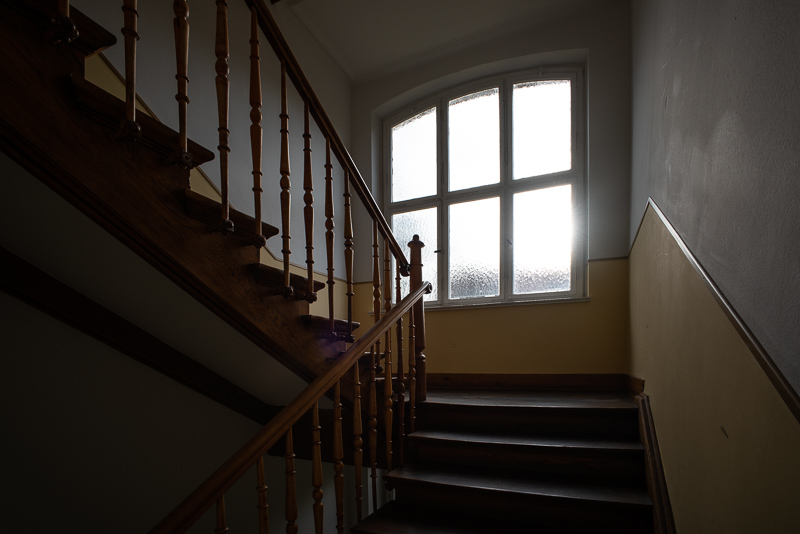
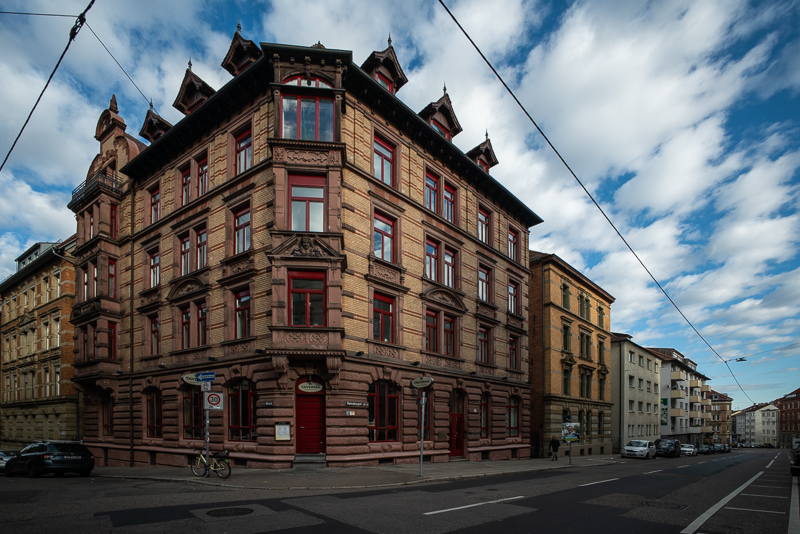
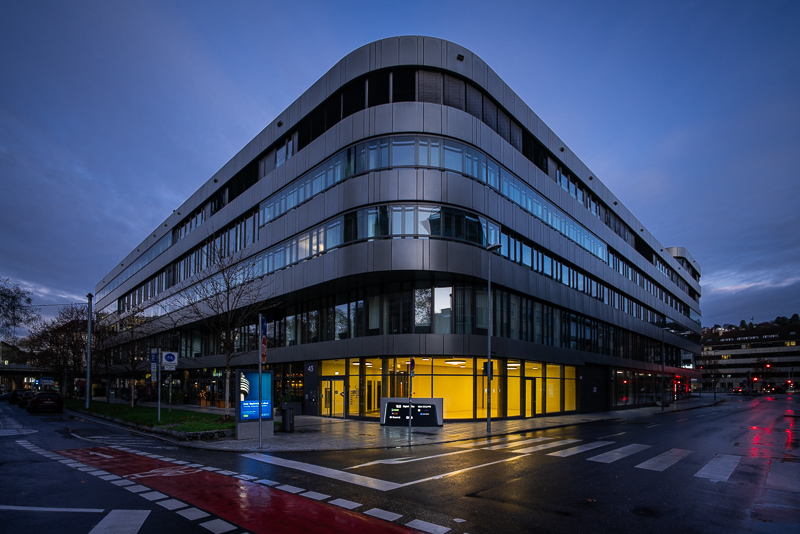
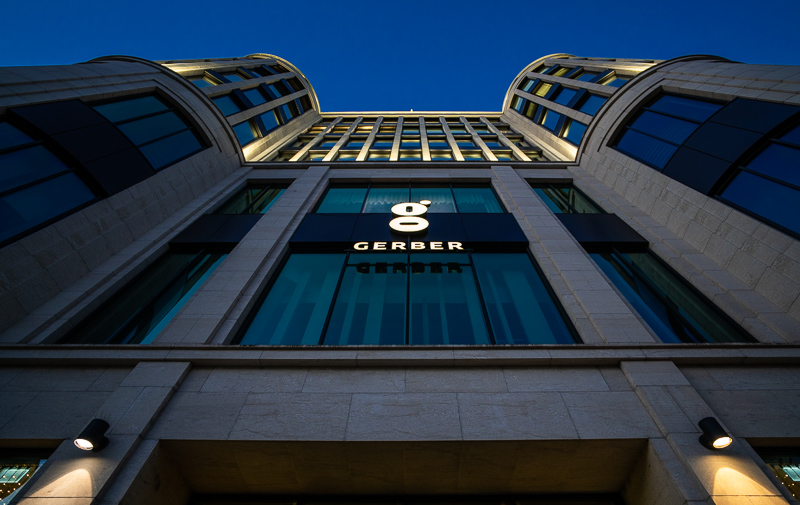
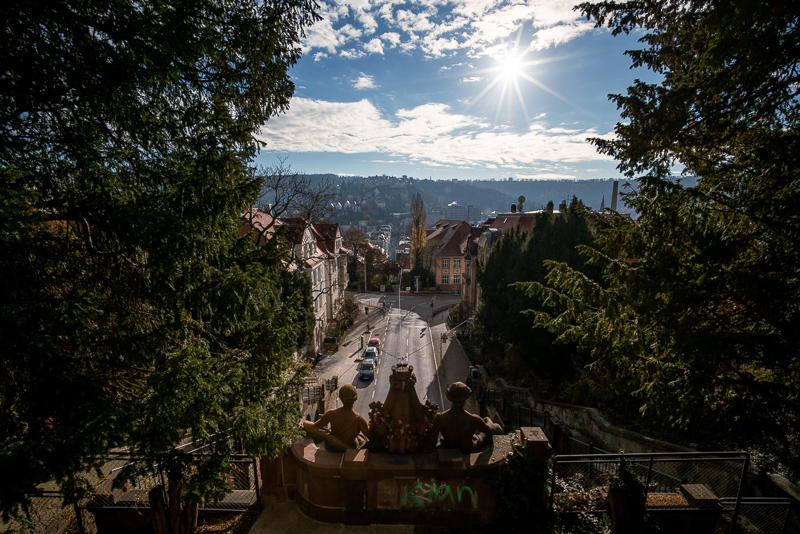
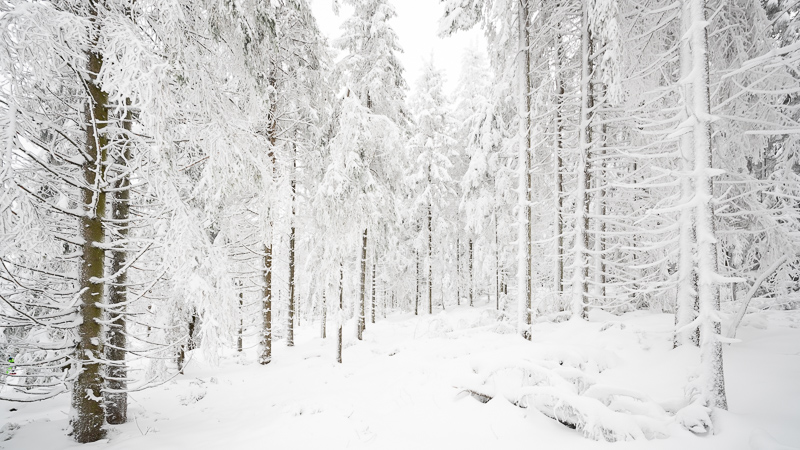
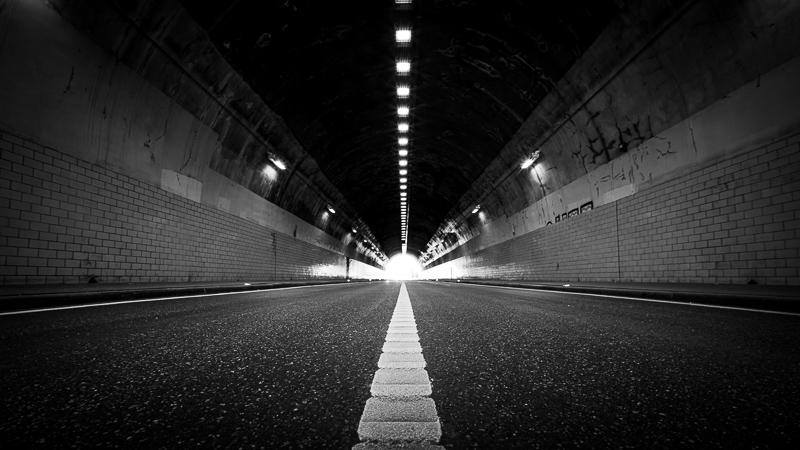
Most of the sample images in this review can be found in full resolution here.
Further Reading
- Sony FE lenses: Our comprehensive and independent guide
- Guide to the best 85-135mm Portrait Lenses for Sony a7 series
- 35mm comparison Leica, Zeiss, Voigtlander
- Review: Sony FE 24mm 1.4 GM
Support Us
Did you find this article useful or just liked reading it? Treat us to a coffee!
![]()
![]()
![]() via Paypal
via Paypal
This site contains affiliate links. If you make a purchase using any of the links marked as affiliate links, I may receive a small commission at no additional cost to you. This helps support the creation of future content.
Latest posts by BastianK (see all)
- Review: SLRmagic 50mm 0.95 Hyperprime LM - July 5, 2025
- Full Resolution Pictures getting fixed - July 4, 2025
- Analogue Adventures Part 42: A wedding with Eastman Double-X 200 - July 2, 2025

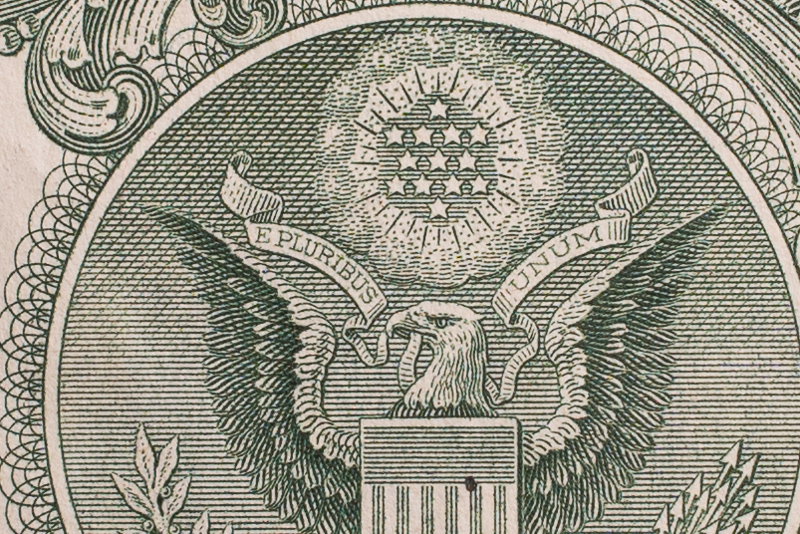
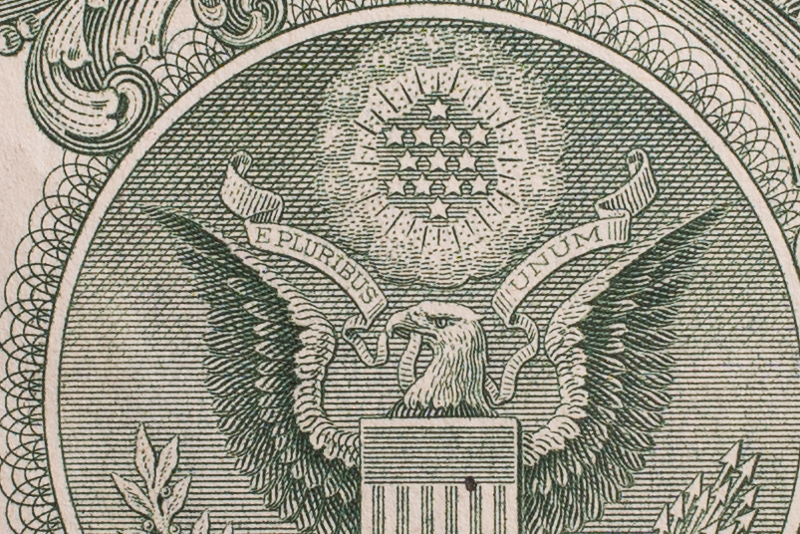
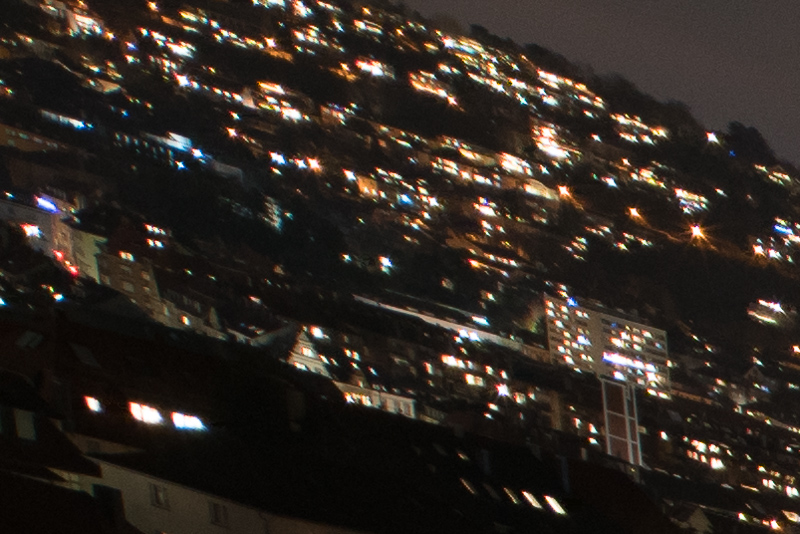
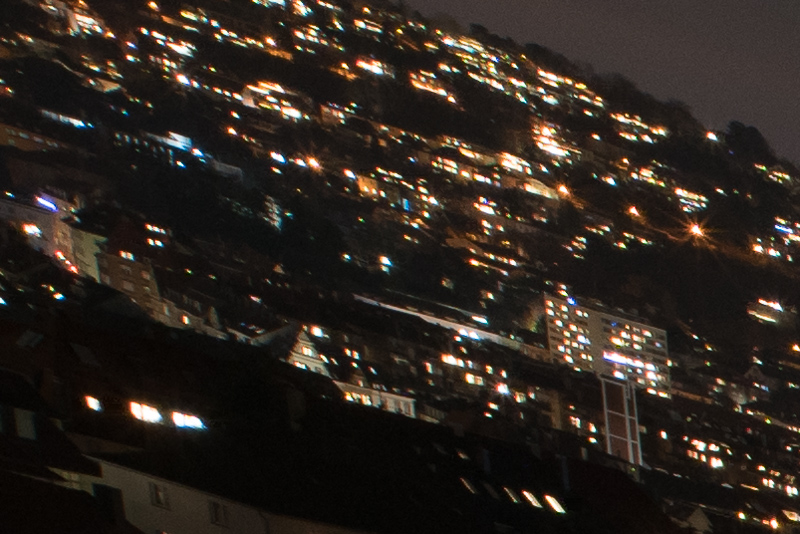
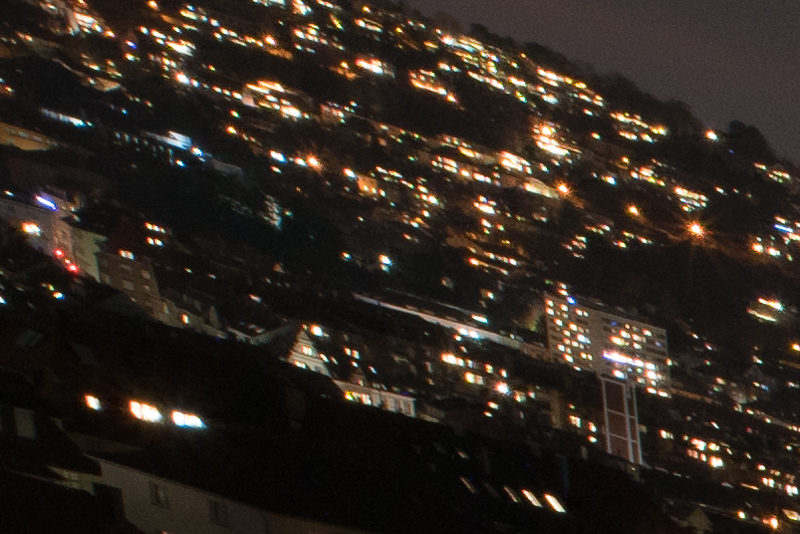
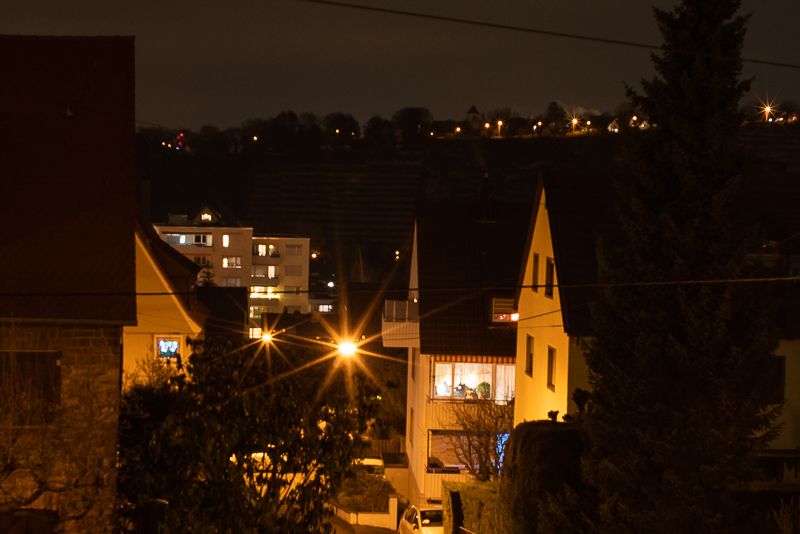
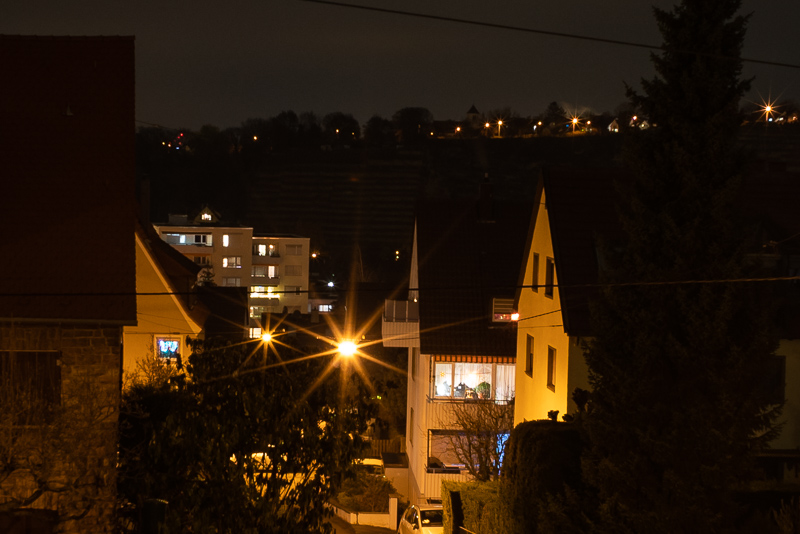
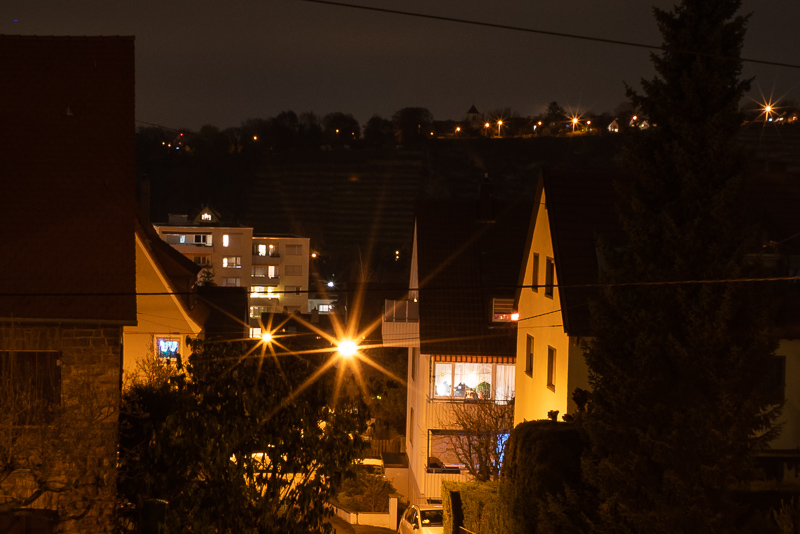
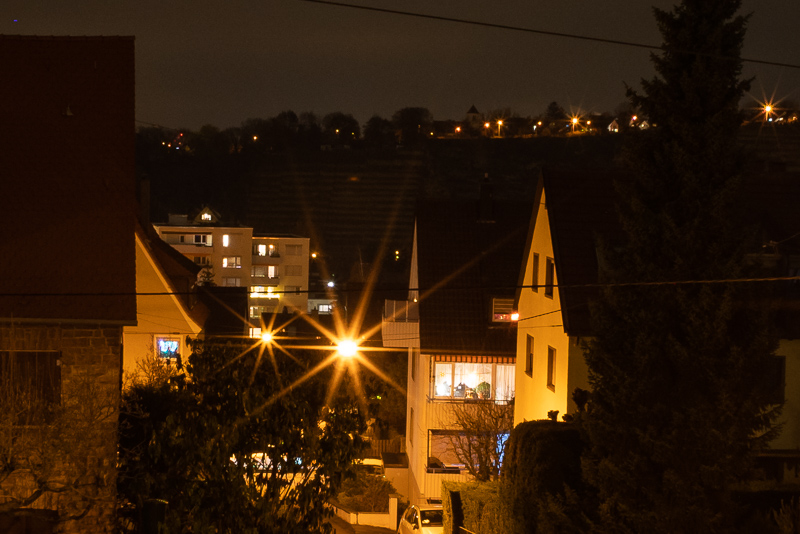
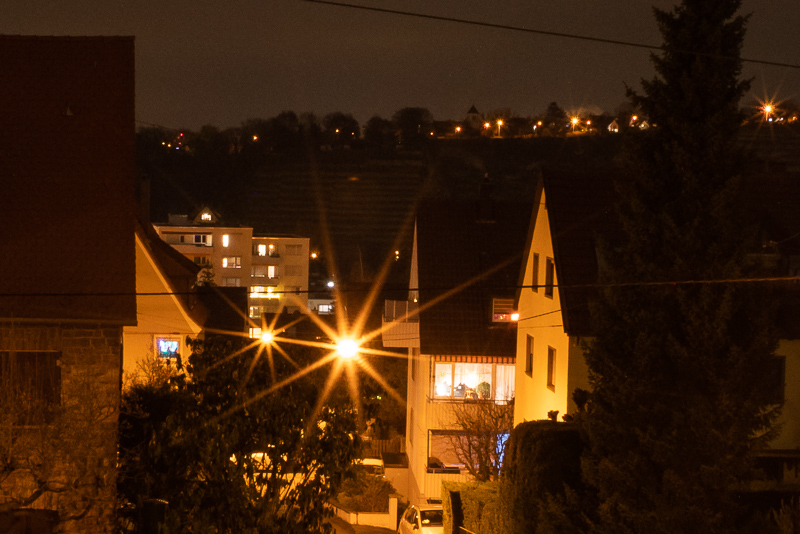

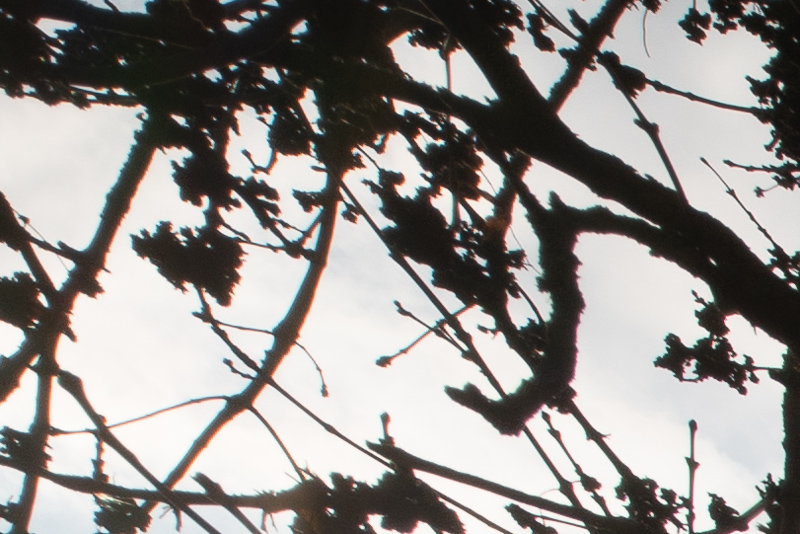
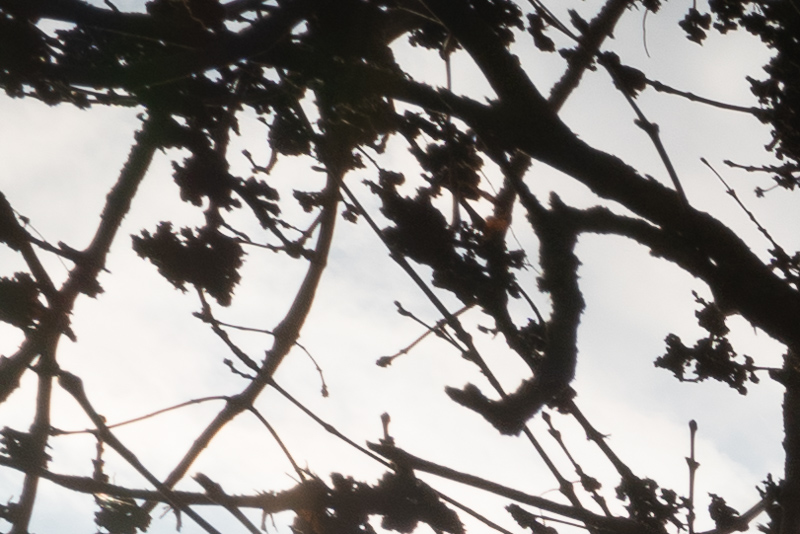
Thank you for the interesting review. How does the overall image quality and flare resistance compares to the Sony Zeiss 4/16-35 ? They have similar weight and filter size despite NiSi being wider.
I haven’t used that lens personally, so I can only go by our review on a 24mp sensor.
Corners look better on the prime as do the sunstars, it focuses a little closer, shows less distortion and has much nicer manual focus experience.
Flare resistance looks rather similar and the zoom comes with AF and OSS.
Took a gamble and acquired this lens from B&H, which somehow managed to produce a copy early this month and have not been disappointed. The lens is a bargain at the price, is very sharp and renders nicely. Flare is an issue, which is unfortunate in a lens that produces such great sun stars. Nevertheless, flare can either be avoided or in most cases dealt with in post. But, otherwise this is a really terrific lens. And, it performs very well on an A7Riii.
Thanks for sharing your feedback on this still pretty rare lens!
Nice review! If not considering the price, the specification of
this lens seems to fall between the Laowa’s 15mm and the 14mm? Laowa’s 15mm is larger in aperture, the 14mm has the same aperture but much smaller in size. What’s your suggestion when we have to pick between them?
If you can afford get the 15mm 2.0, I tend to put my money where my mouth is and this is the one I personally own.
Between the other two it is mainly if you want less vignetting and removable hood ( -> NiSi 4/15) or smaller size ( -> Laowa 4/14).
Thank you for a very nice review (as always, really). This lens seems like a viable option that can compete against (sometimes much) more expensive optics. My biggest fear with wide angle lenses is de-centering issue, but no review could cover that, especially not for a new product. If they avoid massive issues like it was the case with Samyang, this lens is something I might consider in the future. Most named issues can be avoided or be dealt with in post (at least if we get a decent correction profile for distortion) and that nice bokeh comes as an unexpected bonus.
Yes, this is unfortunately something we cannot assess, especially in an early review.
Great review as always! Looks like a good lens with some good qualities. Many thanks and all the best
nice lens, this one comes as a surprise for me, so many thanks for the review!!
I’d value sunstars over speed so i’d prefer it over the laowa 2/15. Gotta try it.
I would have liked Laowa 15/2 to have the 10 blade aperture, but I still want to decide when I want them, instead of having them always even at F4, that’s my only complaint I guess. For the performance Laowa is the winner here if you don’t care too much about sunstars.
I wonder if this lens is actually a little faster and aperture blades are closed to f4 which would make sense judging from its size and corner sharpness from wide open.
I was wondering about that, too.
Hi Bastian, thank for this review!
After having the Voigtländer 15mm with removed hood (and the possibility to use 58mm filters or my 70mm square filters) I am not interested in this new Nisi lens.
But with big surprise I read your comment about the new designed aperture blades of the Laowa 15 2.0. I double-checked it on their website and really they changed it to 5 blades! I presume they are straight like in their other wide angles?! Could you ever check the new sunstars? Is the rest (especially coma) like before? Till now, the only drawback for me was the lack of nice sunstars. I am not sure wether I am wiling to pay the price for a rumored Sony 16 1.8 GM, so after all could the new Laowa 15 be my landscape/astro lens? I am very excited about your thoughts.
Greetings
I also only found out lately, but I knew they changed it for the other mounts already.
Blades are straight, I guess the Sunstars should look same as on the Laowa 14mm f4 or 15mm shift.
Apart from that the lens design stayed the same.
Listed as 7 aperture blades for Sony mount and 5 for others on their German website https://www.laowa.de/15mm-f2-0/
Not sure why this is. I just got a used copy of the Laowa 15mm f2 from Germany and it has the 5 bladed aperture, produces lovely sunstars from f 2.8
Tank you about this 15mm wide angle lens,
Best regards
Bernhard
Hi Bastien. Thank for the review, I bought a 15/4 lens for the Nikon Z, after a few shots the lens stopped working on the body, I had to stick the contacts of the body, then it is possible to take pictures again. Tested on multiple Nikon Z6 and 7 bodies. Same problem everywhere.
I cannot be of any help with Z bodies as I don’t have one.
I’m just noticing. If by chance any of the Nikon Z users has the same problem. I don’t think much has been sold here yet. Only one of us, mine.
Mine works fine on a Z7
Just watched Christopher Frost’s review of the lens. He comes to different conclusions:
Corner sharpness at f4 is bad and never gets really good.
And vignetting is STRONG, and stopping down doesn’t really help.
Now I don’t know whom to trust…
I measure 2.3 EV at max aperture and stopped down 2.2 EV, so we agree there is not much change.
My corner crops at infinity you can have a look at and decide if you are happy with them or not.
I also said 2/15 Laowa is better and a good sample of the 4.5/15 might be, too.
Laowa 2/15 has 2.9 EV at max aperture, similar stopped down.
Samyang 2.8/14 MF has 3.6 EV at max aperture.
Tamron 2.8/17-28 has 2.8 EV at max aperture, 2.2 at f/4.0.
Voigtlander 4.5/15 has something like 4 EV, maybe more.
Laowa 4/14 has 3.2 EV at max aperture, 2.5 stopped down to f/8.0.
So I think describing it as “average” stopped down and “above average” at f/4.0 is backed by the data.
Of course you need to have reviewed a lot of UWA lenses and collected
the data to be able to tell if something is above, below or simply average.
I am sure Frost has also thoroughly checked the vignetting of plenty of lenses he reviewed and can tell you how he comes to the conclusion that it is “STRONG”.
Today also Alhadeff published his review, so you have another data point.
Thank you for this great review.
I doubt about purchase this Nisi 15mm of the Samyang 14mm F2.8. My thoughts go to this Nisi because i have some ND filters and can use them on this Nisi.
Which one should do better on a Sony A7ii ?
Which one should you recommend to purchase ?
I would prefer the NiSi here.
Thank for your quick reply BastianK.
If you or other people have other suggestions on wide angle, send them to me 😉
There is a wide variety of ultra wide angle lenses available, most covered in our FE guide:
https://phillipreeve.net/blog/fe-lenses-sony-comprehensive-independent-guide/
Which lens is the right for you only you can decide based on your needs.
Thanks for this review, it is exactly what I was looking for; a comparison between NISI and Laowa (I found it used at 80 € more than Nisi), it seems that you prefer Laowa.